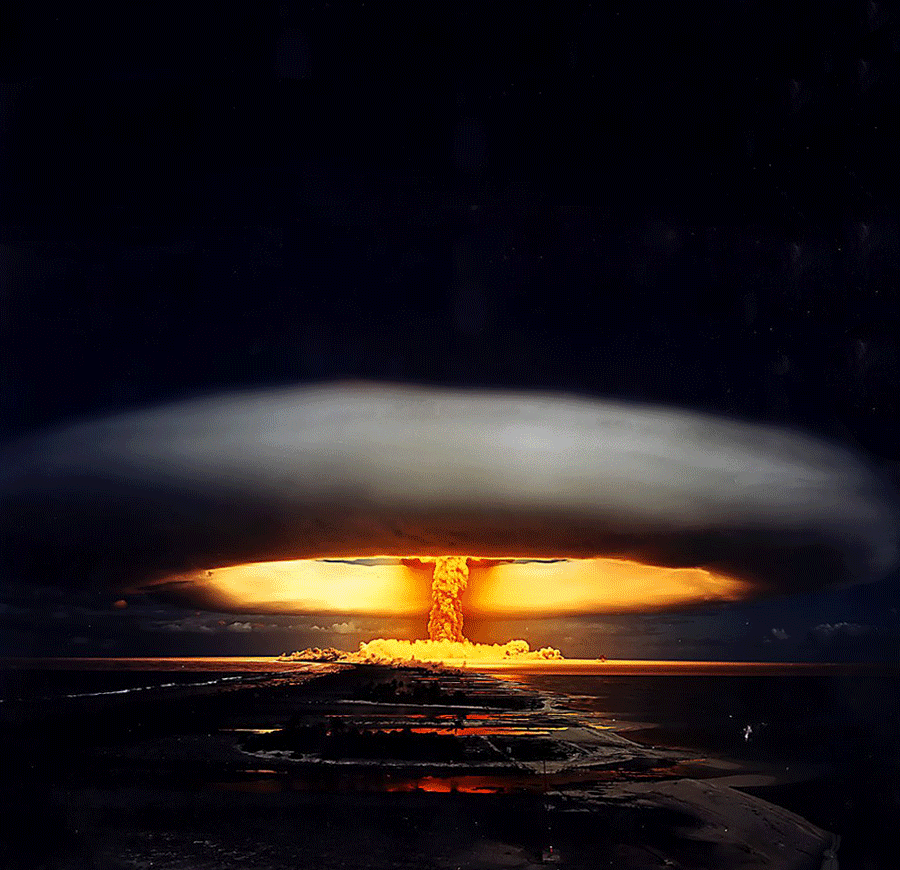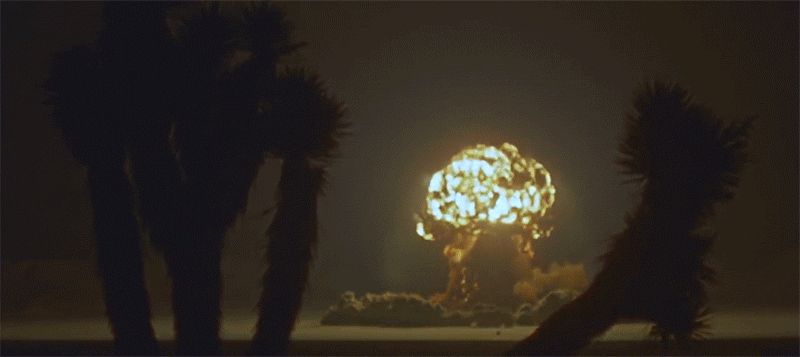

But if the universe is a closed system with a finite amount of energy, how can it spawn more empty space, which must contain more intrinsic energy, without creating additional energy? This is thought to be the intrinsic energy per cubic centimeter of empty space. We now know that the universe is expanding at a faster and faster rate-propelled by something scientists call dark energy. Modern cosmology has offered up new riddles in energy conservation. After physicists refined quantum mechanics a few years later, scientists understood that although the energy of each electron might fluctuate in a probabilistic haze, the total energy of the electron and its radiation remained constant at every moment of the process. According to the physicists, each quantum jump would liberate or absorb energy, and only on average would energy be conserved.Įinstein objected fervently to the idea that quantum mechanics defied energy conservation. In 1924 Niels Bohr, Hans Kramers, and John Slater proposed that these quantum jumps temporarily violated energy conservation.

When physicists first formulated quantum theory they realized that an electron in an atom can jump from one energy level to another, giving off or absorbing light. A nuclear bomb converts nuclear energy into thermal, electromagnetic and kinetic energy.Īs scientists have better understood the forms of energy, they have revealed new ways for energy to convert from one form to another. A battery converts chemical energy into electrical energy.

It releases energy in the form of heat and light. Even mass is a form of energy, as Albert Einstein’s famous E = mc 2 showed.įire is a conversion of chemical energy into thermal and electromagnetic energy via a chemical reaction that combines the molecules in fuel (wood, say) with oxygen from the air to create water and carbon dioxide. Other forms of energy include electromagnetic energy, or light, and nuclear energy-the potential energy of the nuclear forces in atoms. It is this energy, stockpiled in your bodily cells, that allows you to run and jump. Chemical energy is another form of potential energy stored in molecular chemical bonds. In the 19th century physicists realized that the heat produced by a moving machine was the machine’s gross mechanical energy converted into the microscopic mechanical energy of atoms.

The heat in a hot object is the mechanical energy of its atoms and molecules in motion. The sum of these is called mechanical energy. Kinetic energy is the energy of its motion when it starts rolling. Potential and kinetic energy are two of the most basic forms, familiar from high school physics class: Gravitational potential is the stored energy of a boulder pushed up a hill, poised to roll down. The forms that energy takes, however, are constantly changing. The universe itself is a closed system, so the total amount of energy in existence has always been the same. The law of conservation of energy, also known as the first law of thermodynamics, states that the energy of a closed system must remain constant-it can neither increase nor decrease without interference from outside. Even the seemingly paradoxical dark energy causing the universe’s expansion to accelerate, we will see, obeys this rule. Each of these situations, however, is simply a case of energy changing form. Sparks create a fire, which generates heat-manifest energy that wasn’t there before. The conservation of energy is an absolute law, and yet it seems to fly in the face of things we observe every day.


 0 kommentar(er)
0 kommentar(er)
